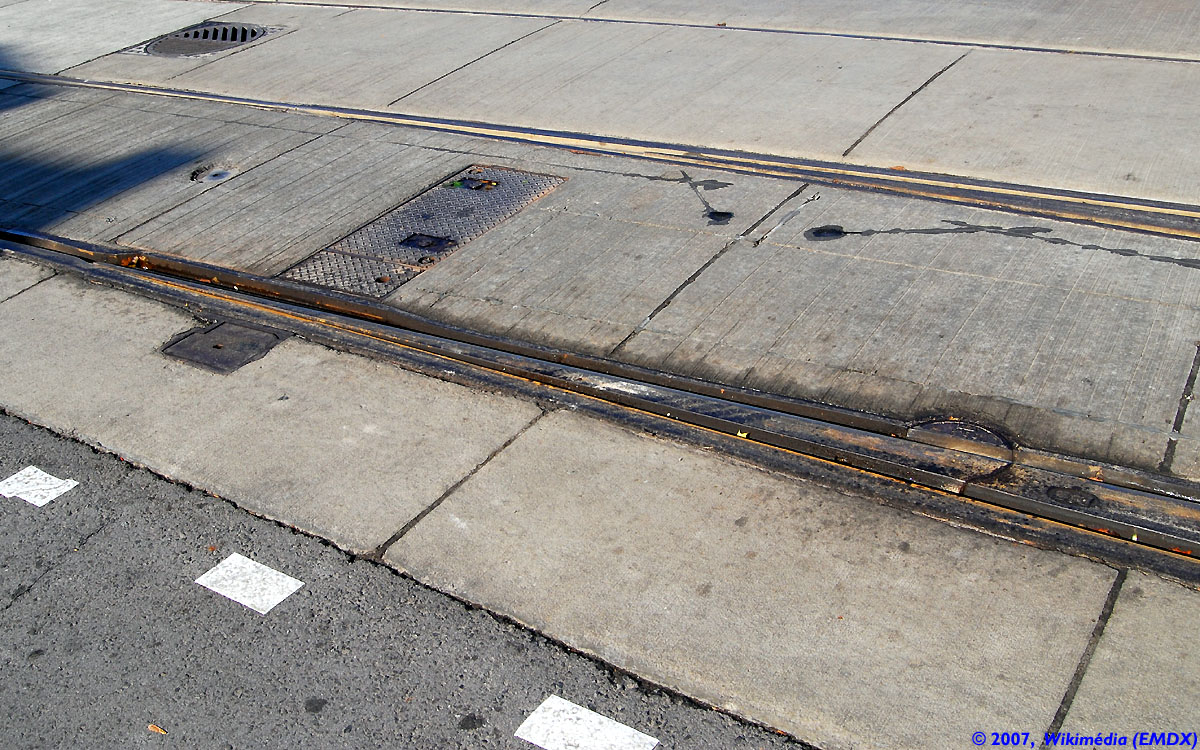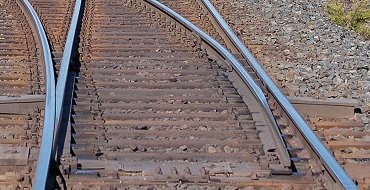Should We Not Build Light Rail Because it is Too Quiet?
People who are opposed to light rail have put forth a number of reasons why it should not be built in Charlotte. Too expensive, not enough population density, they say. Now Tara Servantius, a columnist for the Charlotte Leader, has come up with a new reason--light rail is too dangerous because it is too quiet.
As proof she offers as an example, the Portland light rail MAX, which killed five people in the past year, four in the last six months of 1999. At least this should lay to rest the fears some people expressed at our past transit meetings when people asked if light rail would be noisier than the Chicago elevated or the New York subway!
Light rail is indeed very quiet and can sneak up on your if you are not paying attention or your back is turned. However, is this a good reason for rejecting the idea of light rail? Should we reject a quiet, efficient, non-polluting form of transit because it has been involved in some accidents? It is true you can probably hear a bus coming better than a light rail train--maybe even smell it coming! However, you can reasonably expect to find a light rail train on its tracks. With buses the possibilities are nearly limitless.
Tara did point out the fact that the Portland system MAX was responsible for a third of the fatalities that occurred on all 21 light rail systems in the entire country last year. Why such a high percentage in Portland? One reason may be the fact that its light rail operates over 15 blocks directly on crowded streets in the heart of downtown Portland. While our proposed system will have a number of "at-grade" crossings, there are no plans at the present time to operate directly on our public streets.
It would appear that Portland needs to do a thorough job of public safety education that includes the need to look before crossing the tracks or getting too near to moving trains. As a matter of fact, that is just what we did for nearly 50 to 75 years when almost every city in America had streetcars. Yes, there were accidents, but most of us survived quite well in an environment that included more pedestrians than we have on our streets today.








